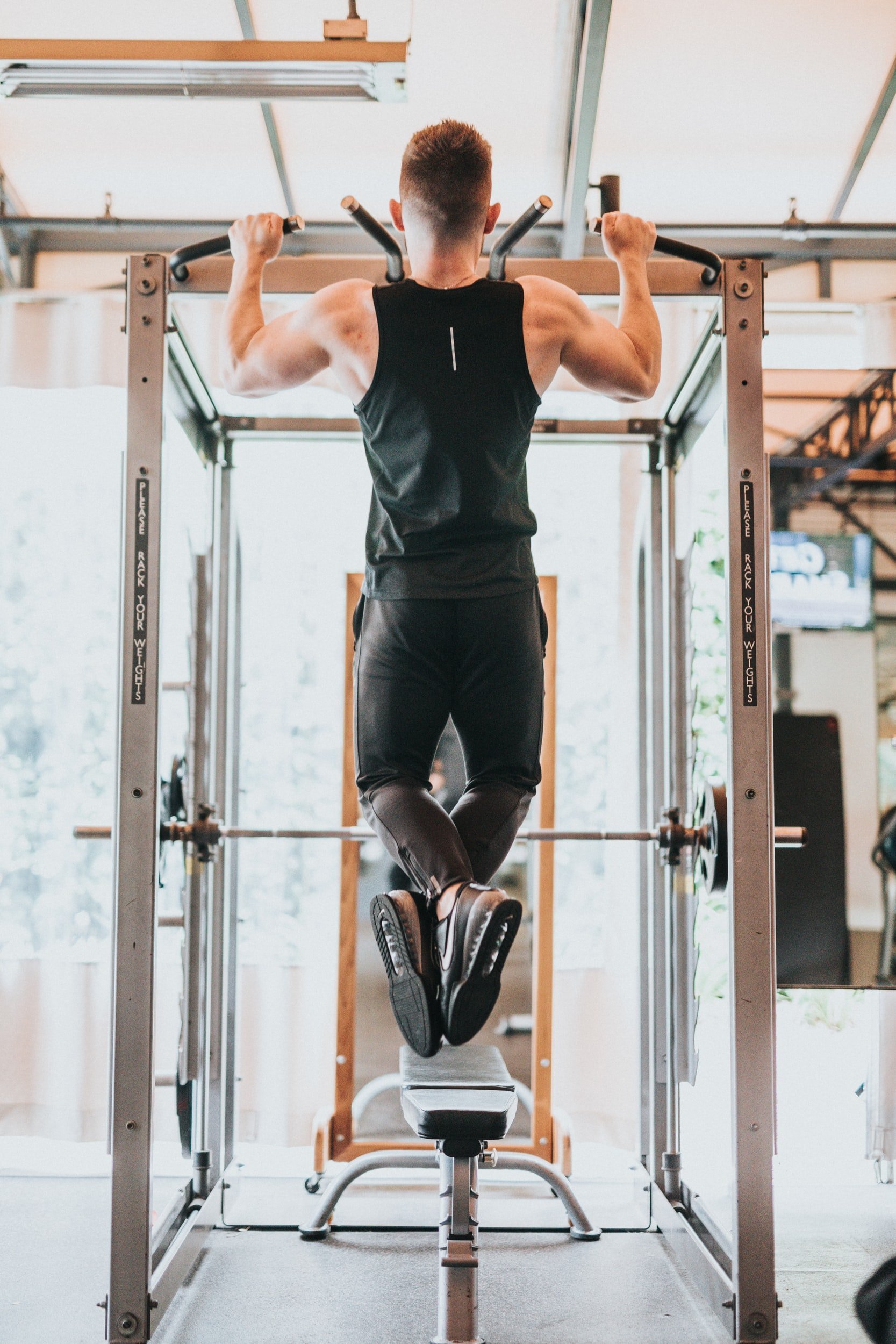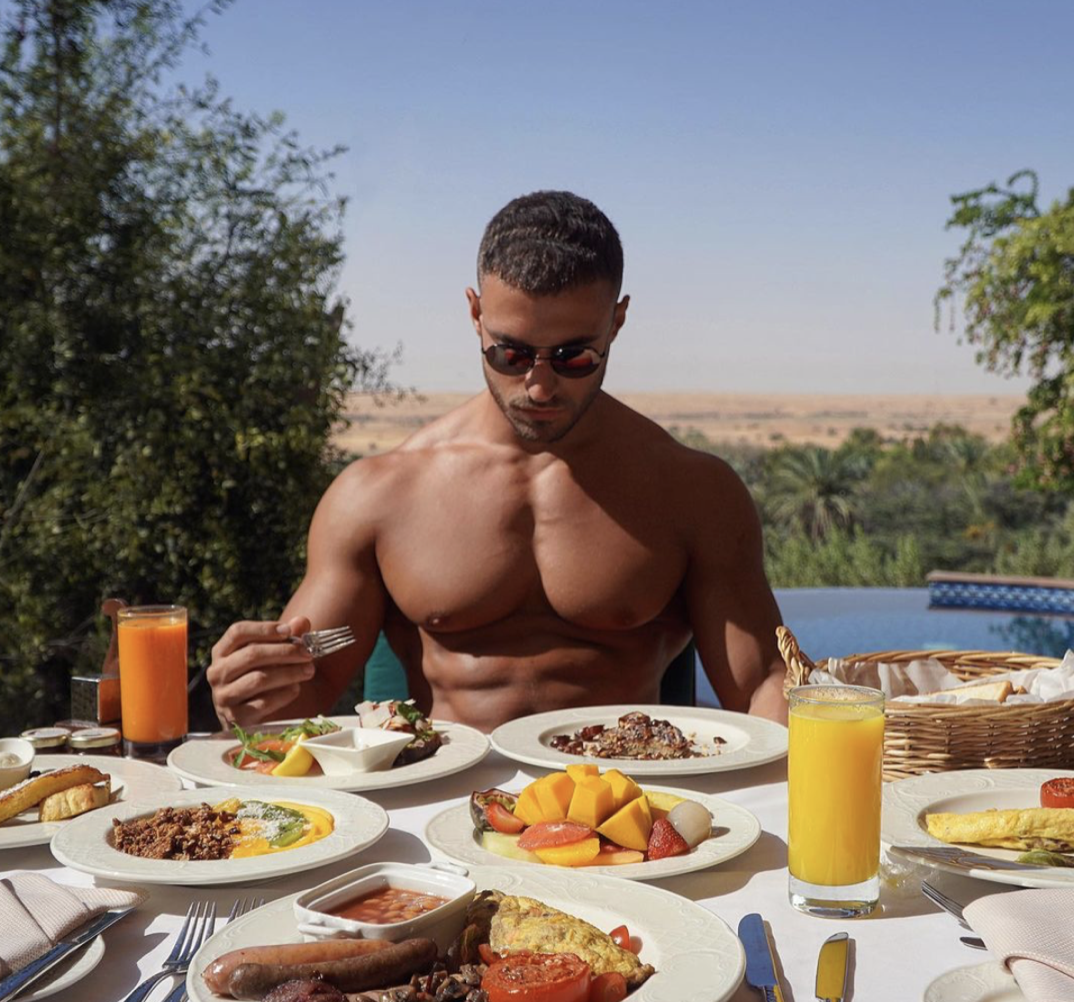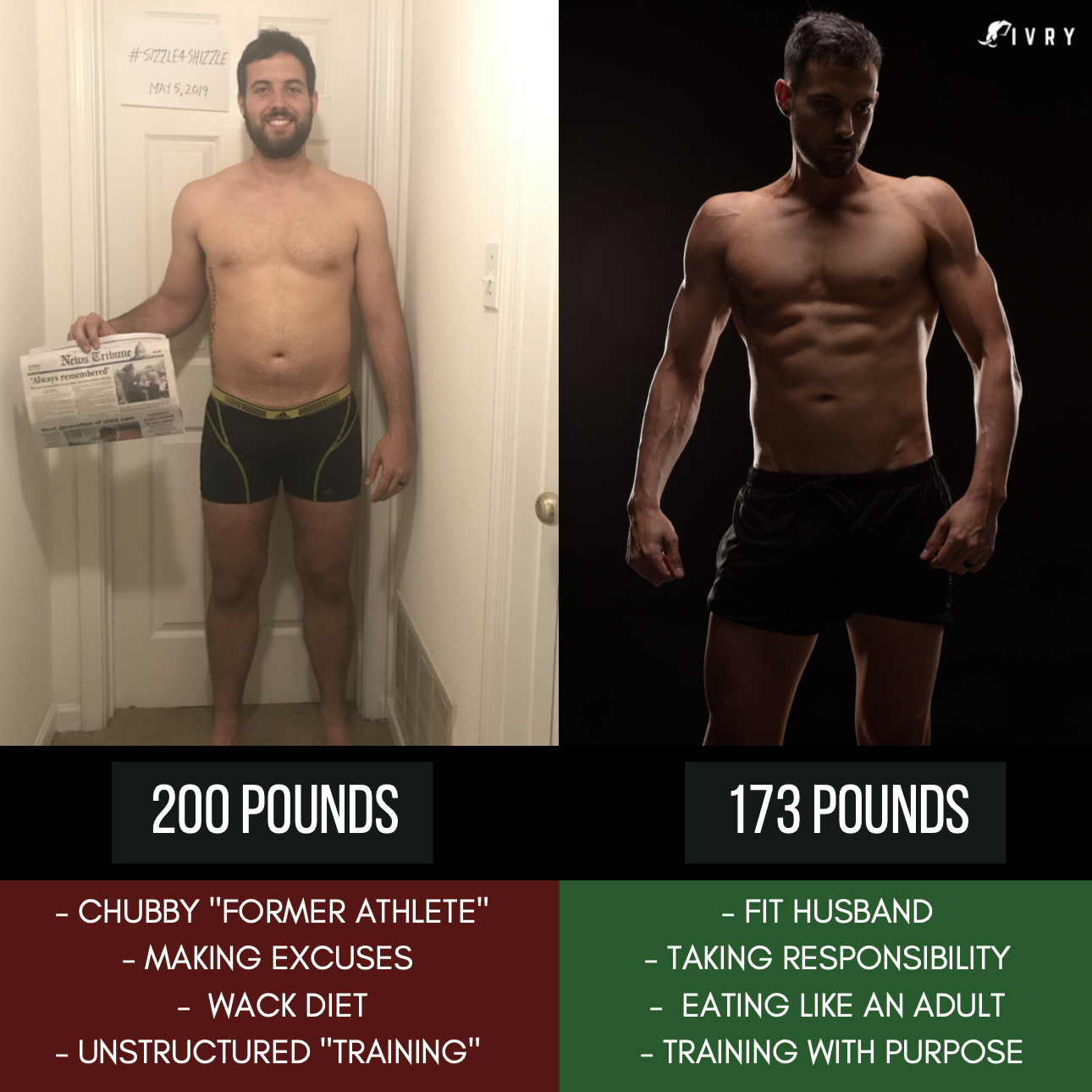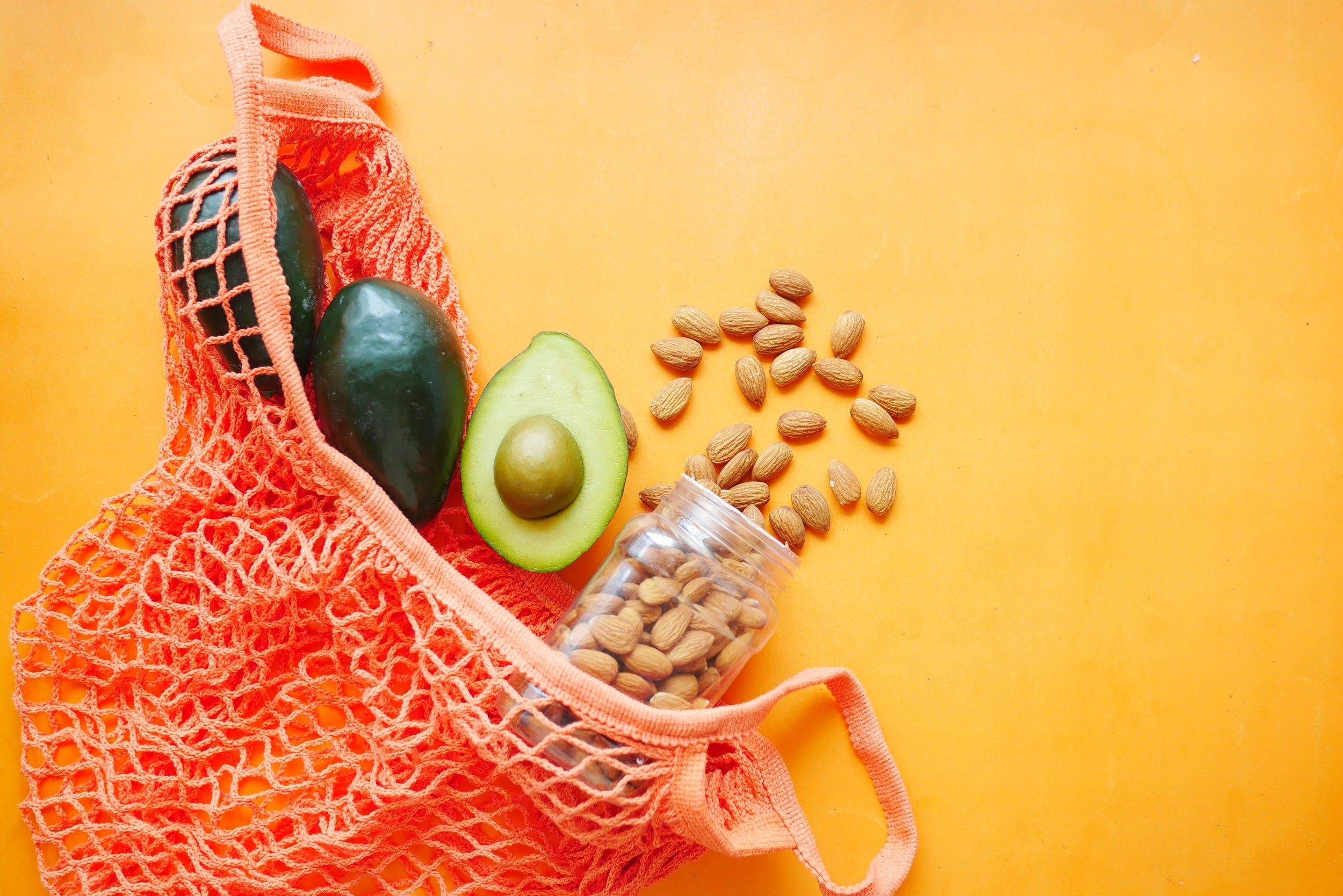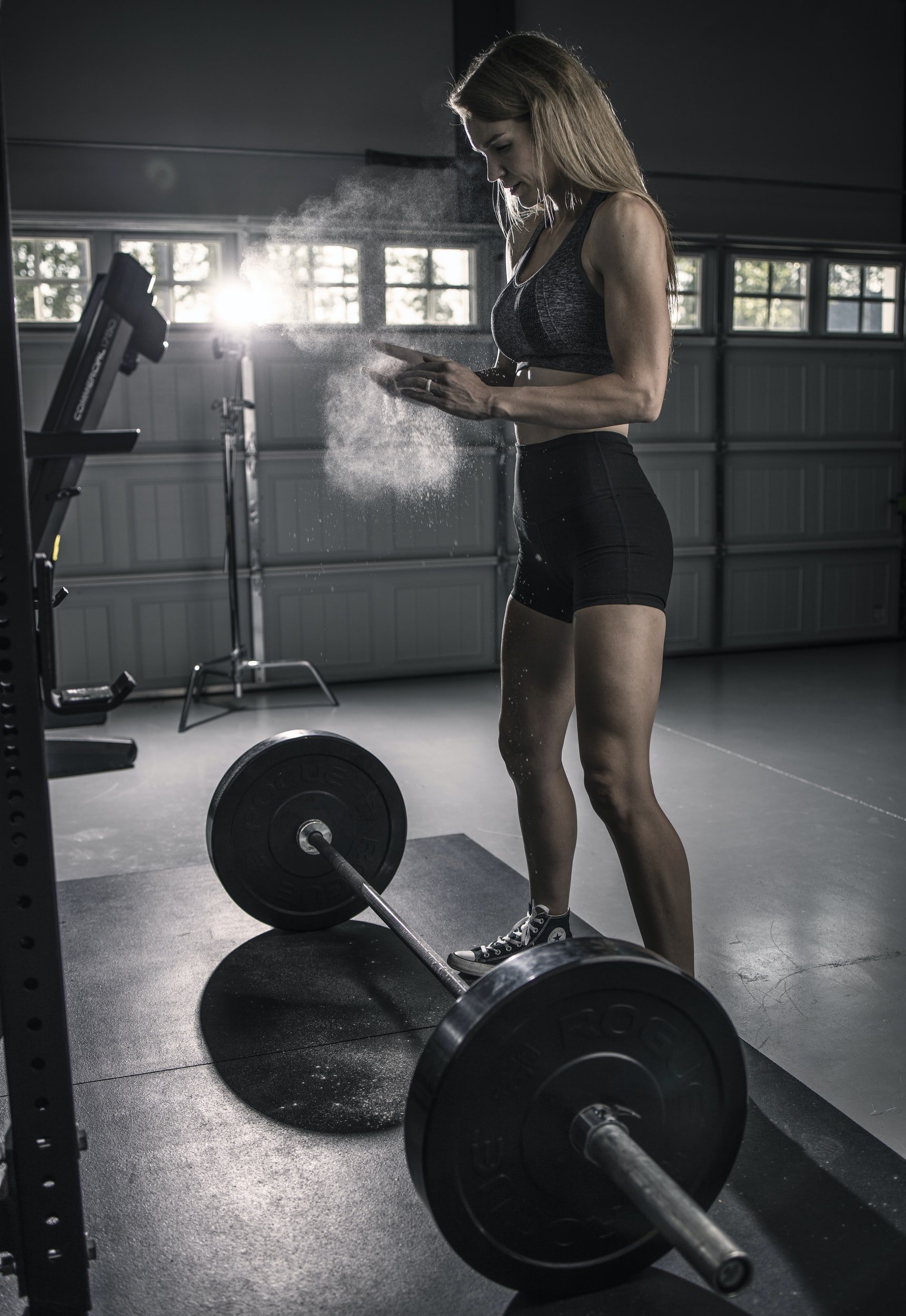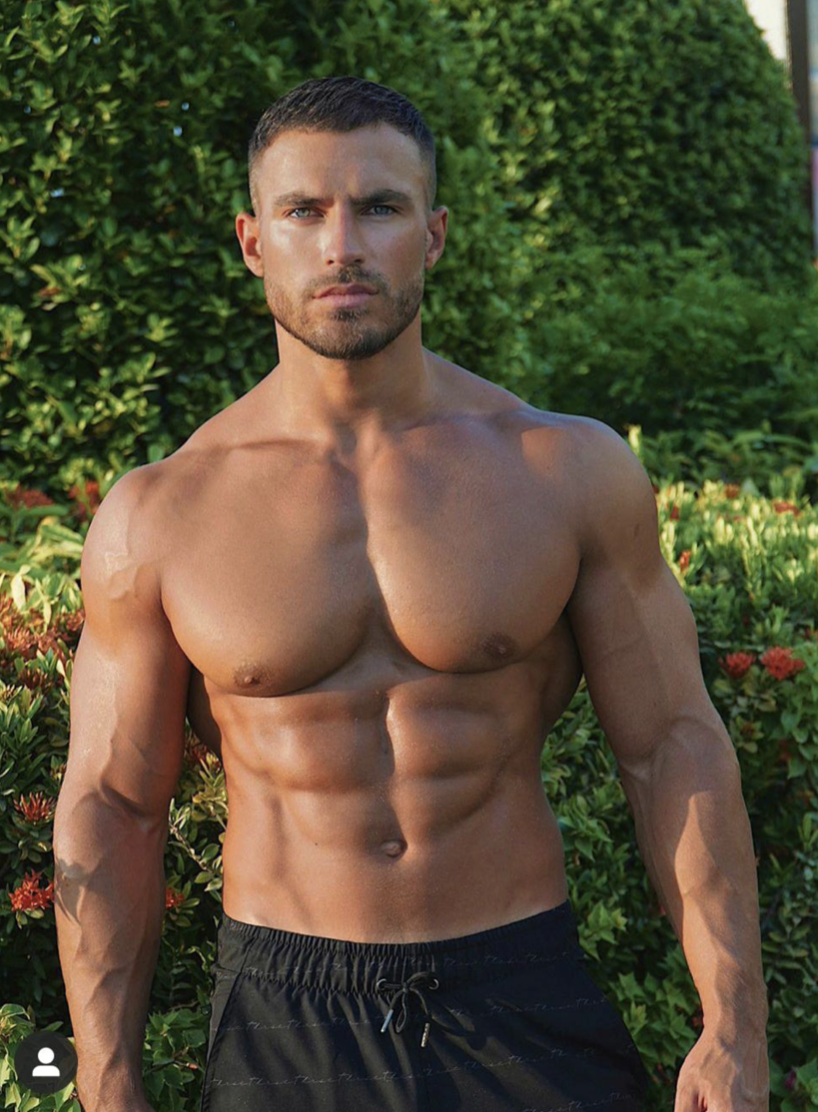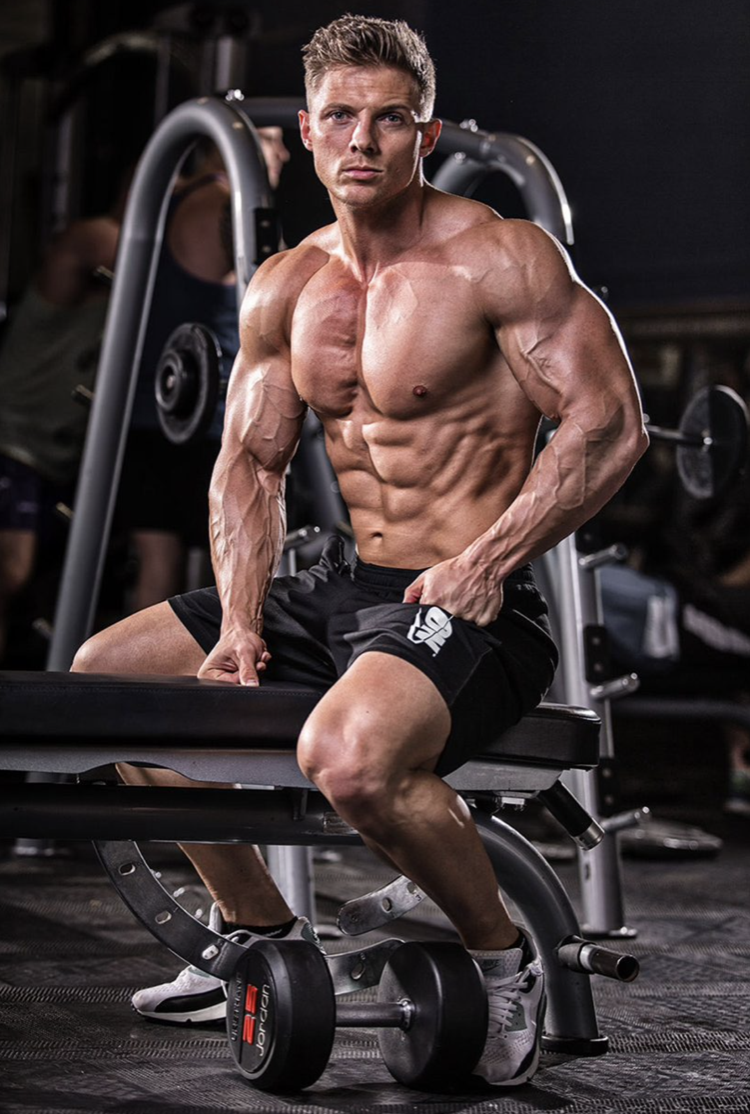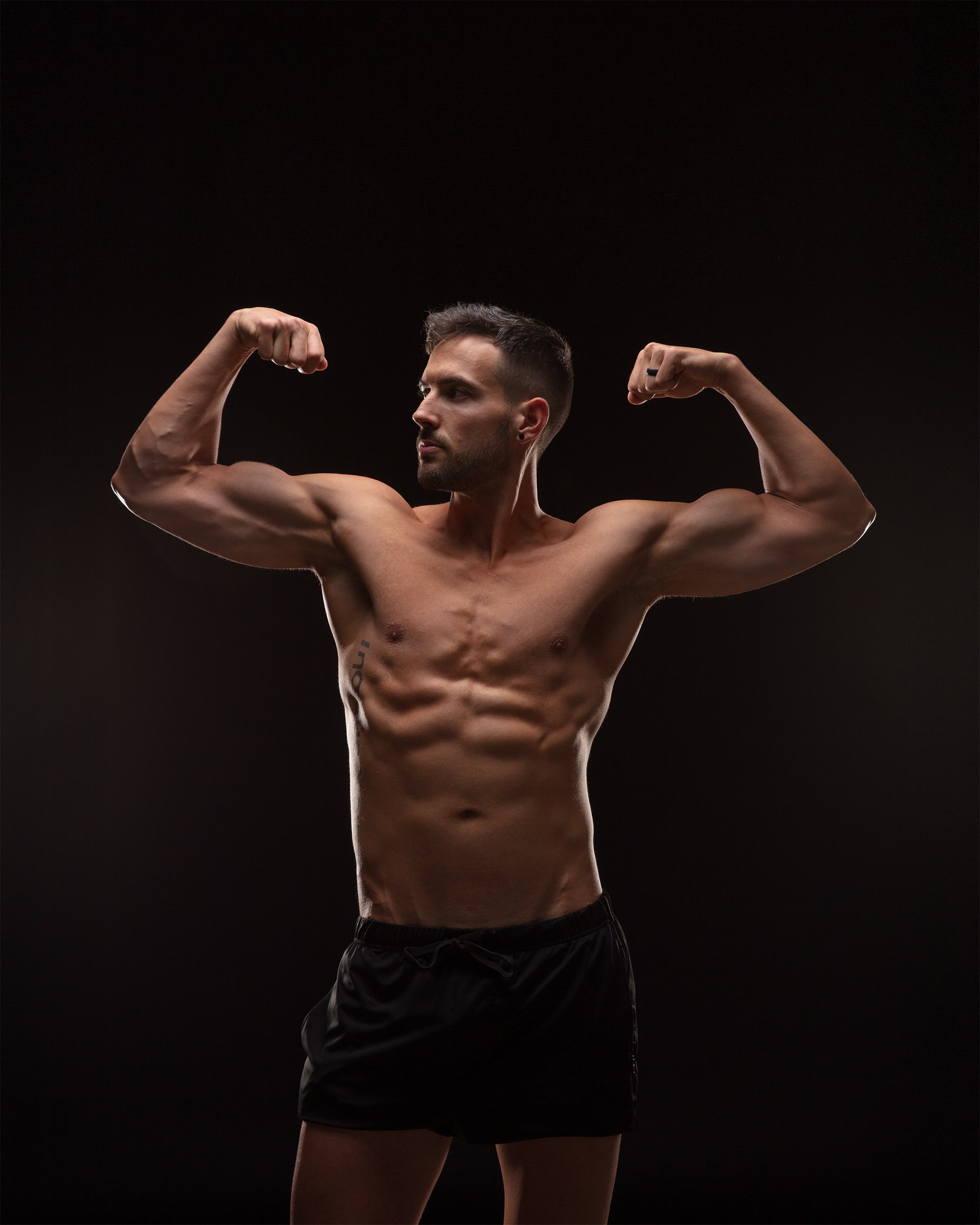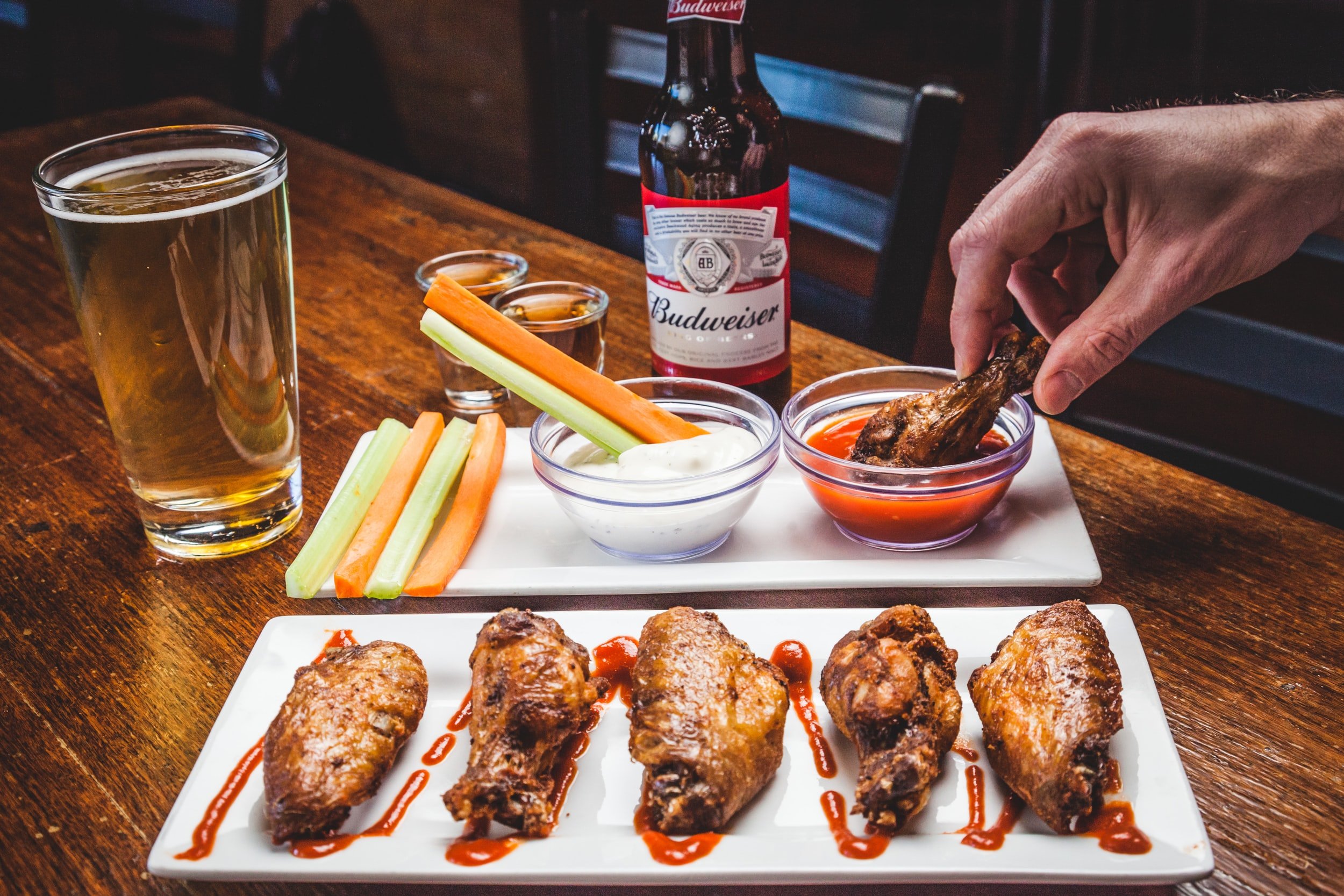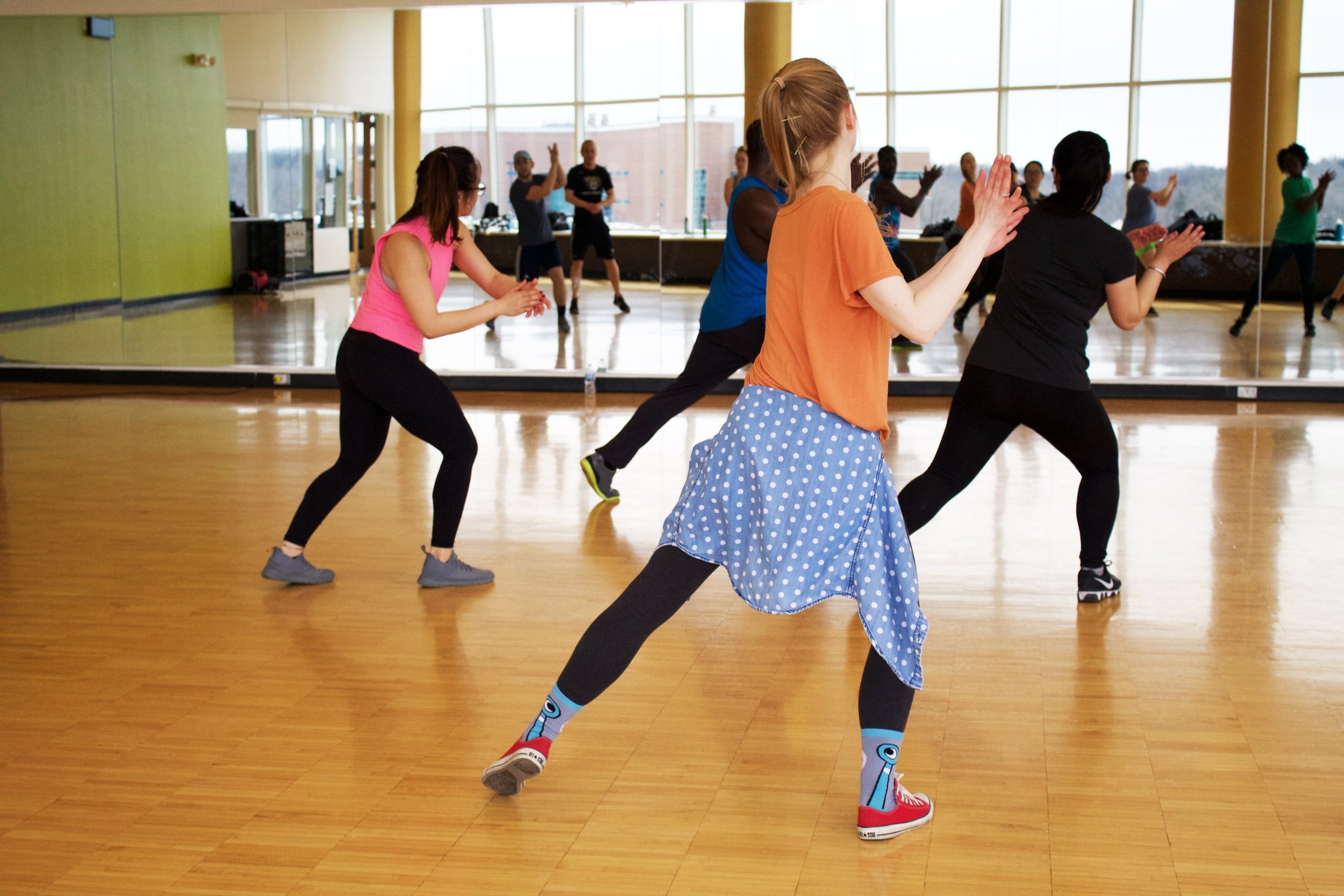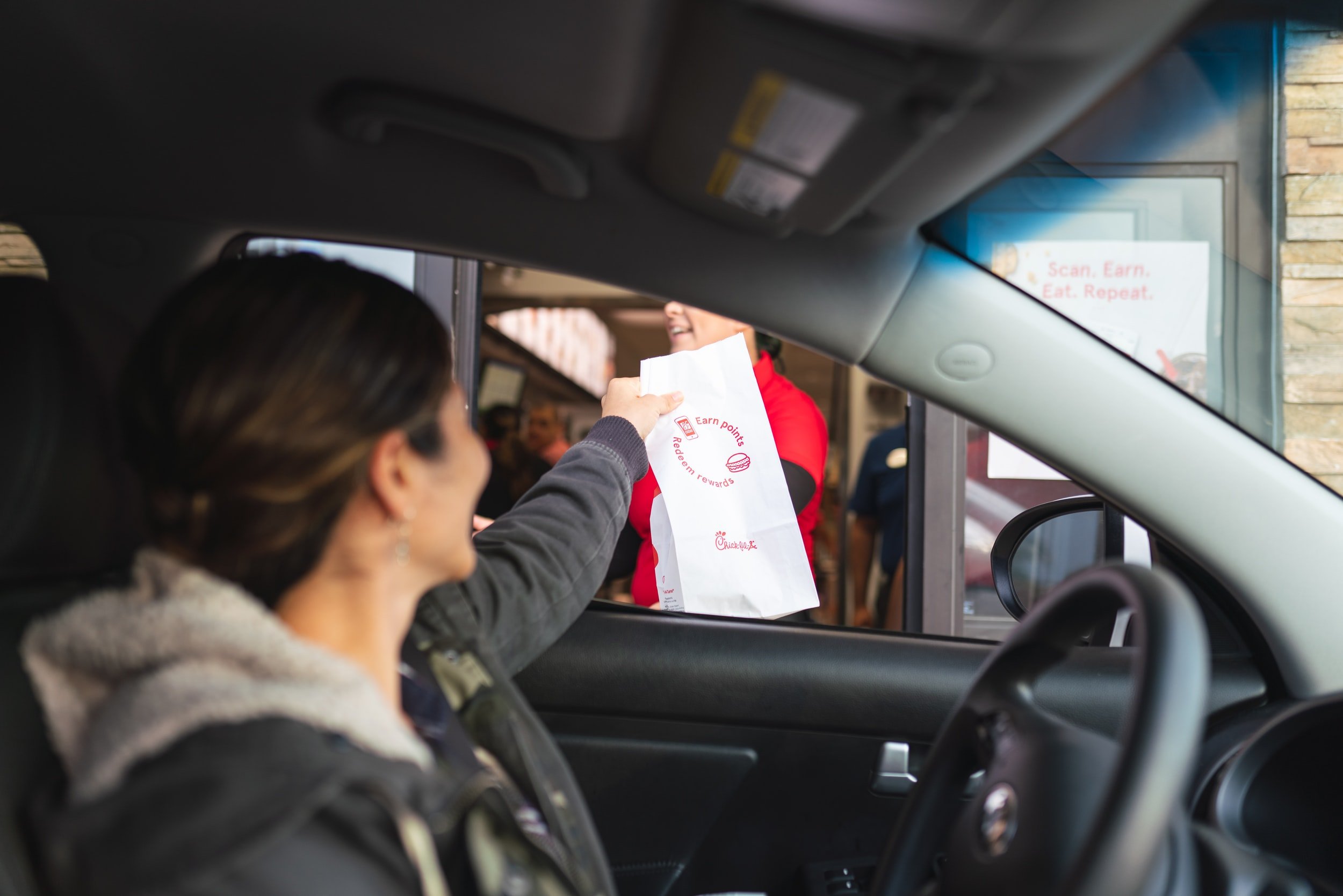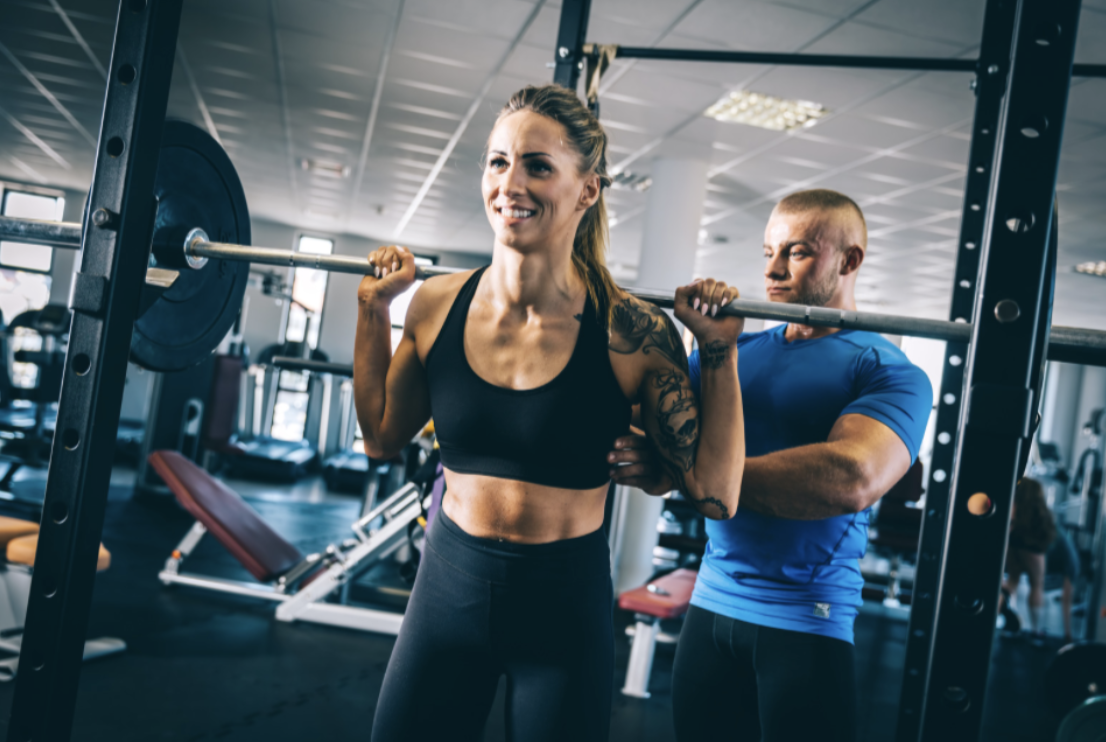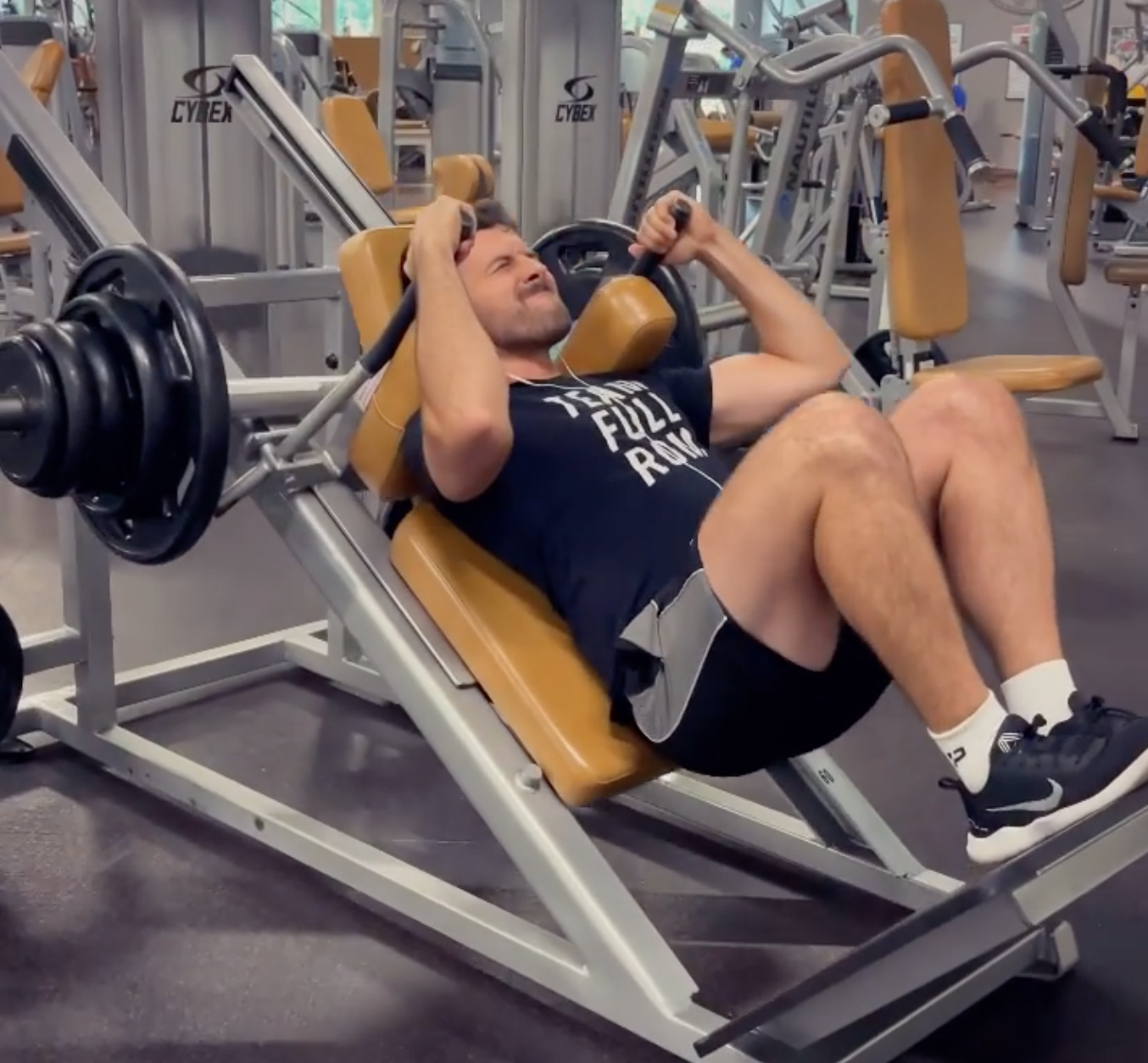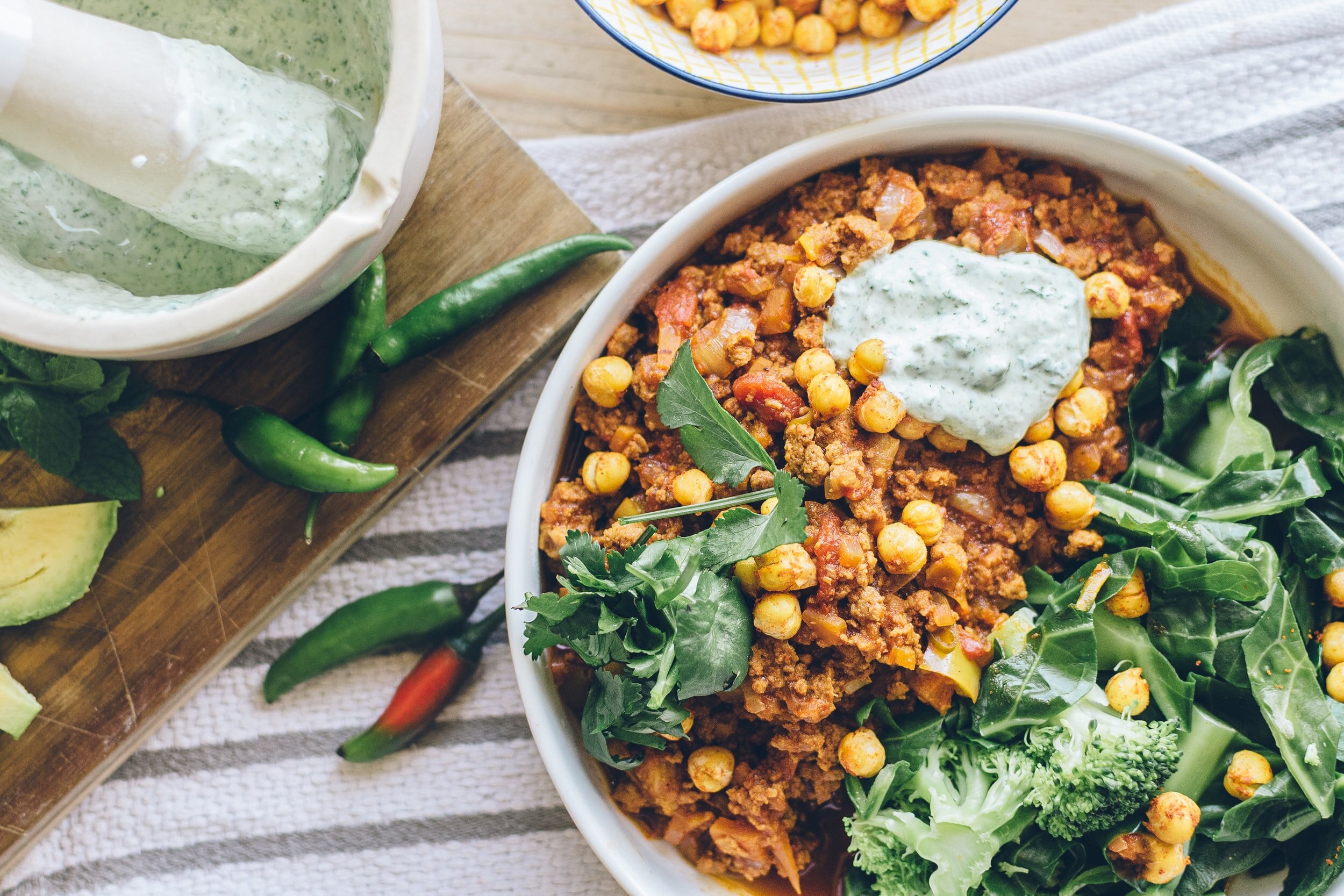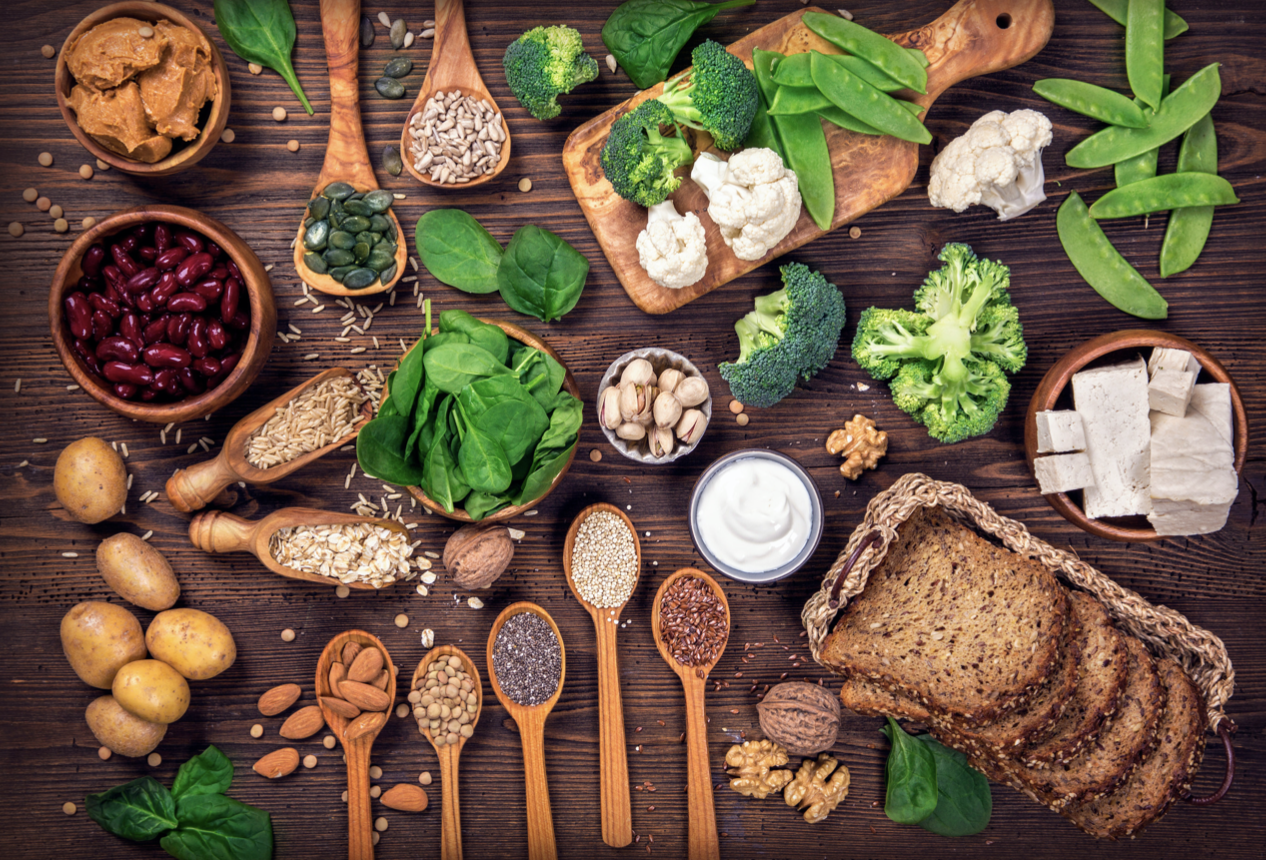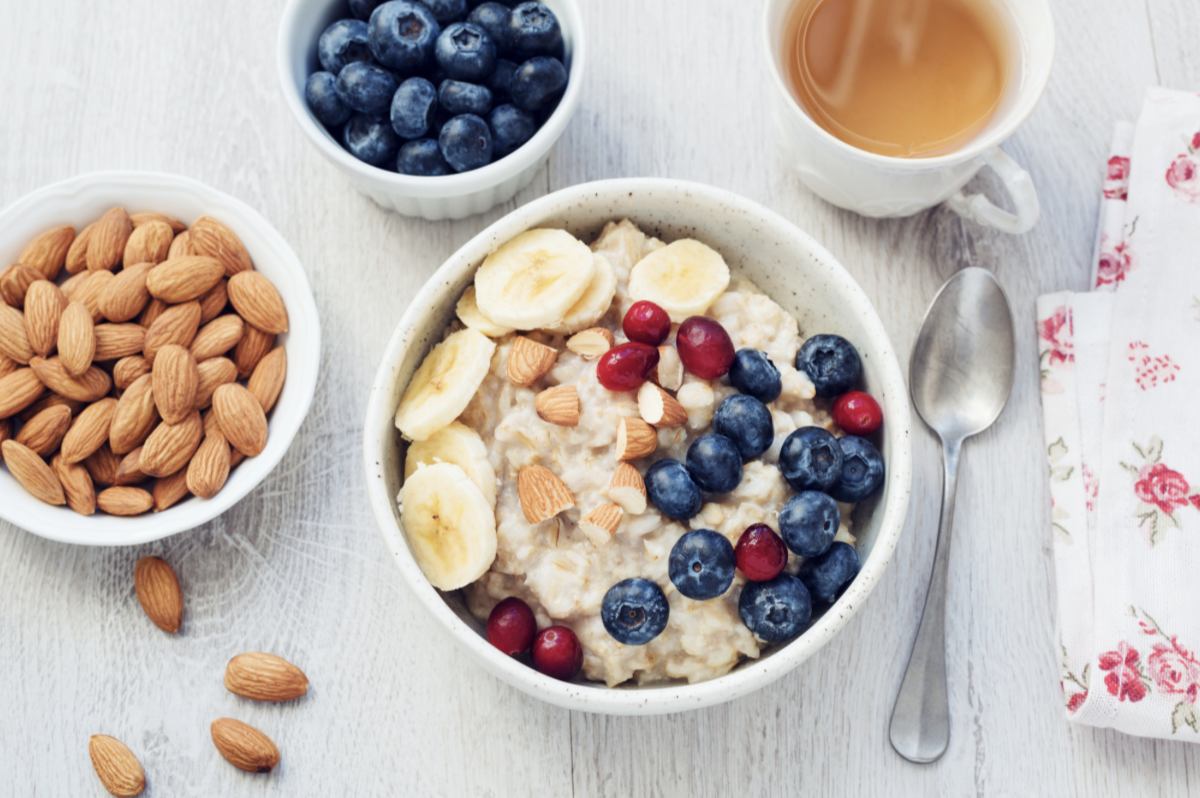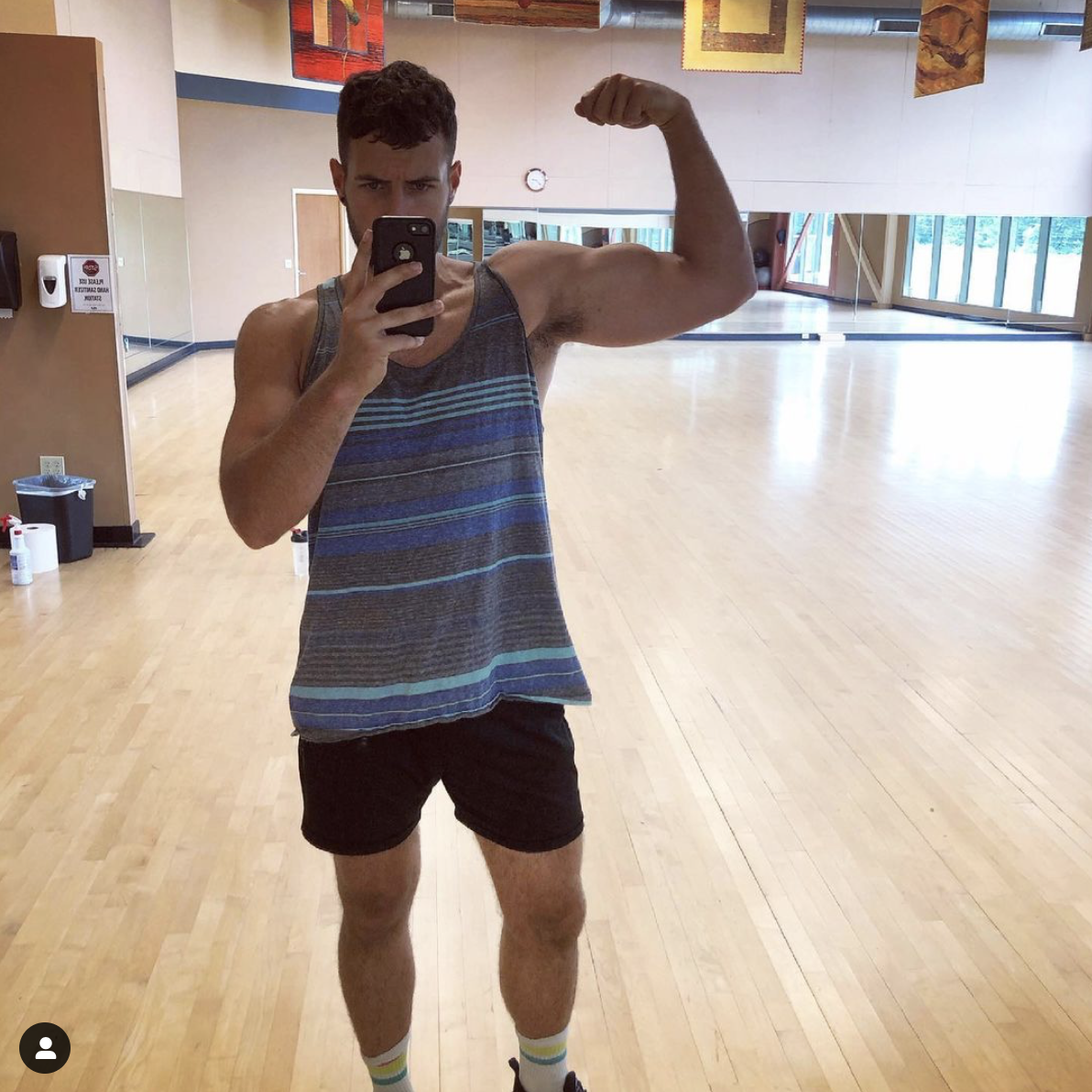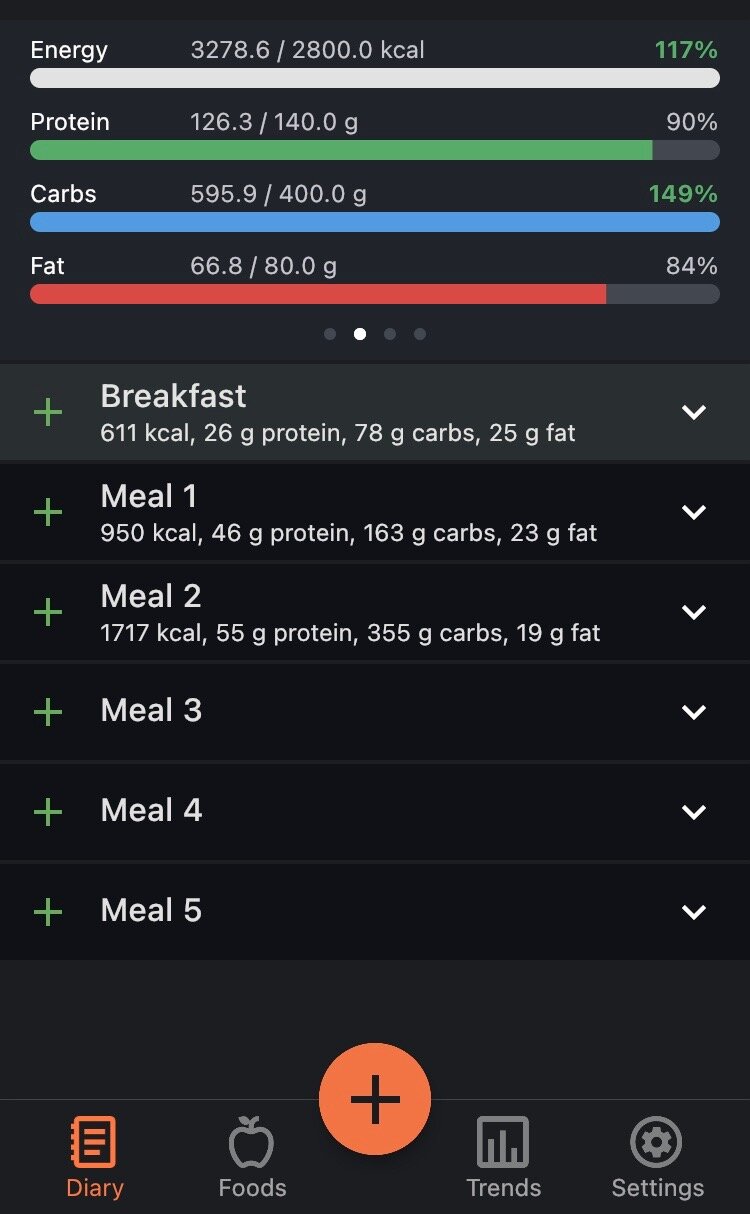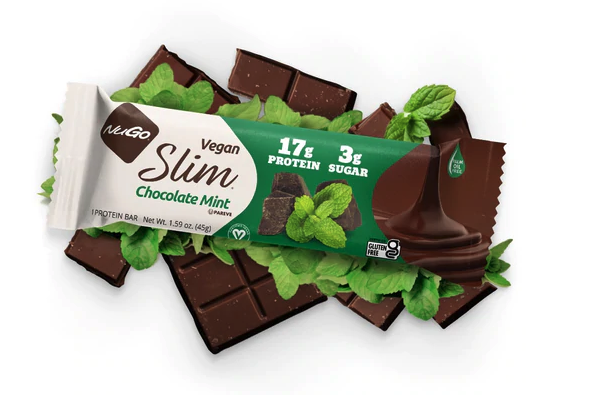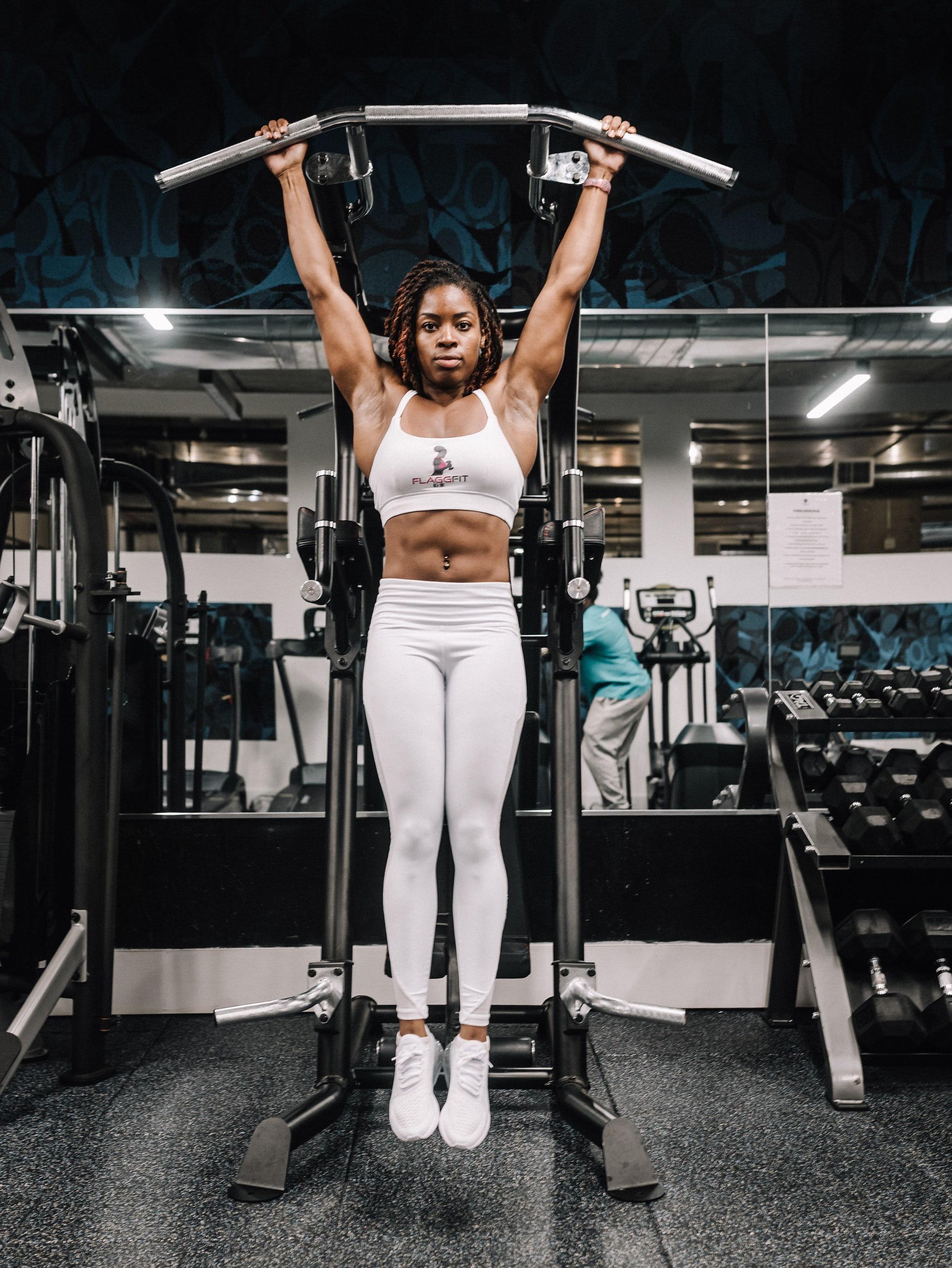If you’ve stumbled onto this article because you’re in the research phase of hiring a “fitness” coach to help you with your goal of losing fat and building muscle, you’re in the right place.
In fact, I actually much prefer to call it online body recomposition coaching since it’s more specific to what most people want.
Let me explain.
Most people want to live a lean, muscular life.
In fact, you could put it even more bluntly and say that most people want to “look better naked” (as the expression goes).
And, although being fit can certainly overlap with an impressive physique, there’s no guarantee that getting fitter will make you look “better” in a swimsuit by the pool next summer.
Fitness and physique are not one in the same.
So keep that in mind as you continue reading.
As of now, I’ll officially be abandoning the term “fitness coaching” in favor of “body recomposition coaching” since I’m willing to bet you’re more interested in looking like a Greek god or goddess than you are improving your mile time.
I’m also willing to bet that you have a lot of questions about how this whole online body recomposition coaching thing works (as you should).
For example, you might be asking yourself…
How can you even do personal training without being there with someone in-person? Isn’t that the whole point?
Or is this somehow different than personal training? This “body recomposition” lingo is new to me.
How do we communicate? Is it all through email or Zoom or what?
And you’re definitely wondering how much it costs.
Am I right?
Fortunately, I plan to answer all of those questions and more in this write-up.
What You Can Expect from This Article
My goal is for you to be thinking one of two things once you finish reading this article:
“Wow. That was really helpful. Online body recomposition coaching sounds like exactly what I need in my life right now.” Or…
“Wow. That was really helpful. I’m not sure online coaching is a good fit for me right now, but now I feel educated and empowered to make the right decision for myself.”
If you can say either of those things, I’m going to give myself a jovial slap on the back and treat myself to a bar of dark chocolate tonight.
So without further ado…
How does online body recomposition coaching work?
That’s a great question that deserves a great answer, but first I’m going to describe how traditional, in-person personal training works for the sake of comparison.
Let’s get right into it.
How does traditional, in-person personal training work?
With traditional personal training, you sign up for an initial consultation at your local gym and then typically book one to three sessions a week with a personal trainer that guides you through about an hour of stretching, resistance training, and cardio that they’ve programmed for you beforehand (hopefully) according to your goals.
They walk around the gym with you, lead you to each specific exercise, and offer corrective feedback on your technique.
They also program the number of sets and reps you will perform for each given movement and coach you through that accordingly.
There also seems to be a big social component to a lot of traditional personal training. In many cases, your coach becomes a sort of friend, and you wind up shooting the breeze with them for three hours a week.
In terms of rates, one week of discounted personal training at the local gym I attended for most of my twenties costed $99 for three 60-minute introductory sessions. If you add that price to the next three weeks of non-discounted sessions at $129 per week, that accumulates to over $500 for your first month of personal training, and it only goes up from there once the discounts no longer apply.
And this can be a great fit for a lot of people.
That’s in-person personal training.
So how does online body recomposition coaching work?
How does online body recomposition coaching work?
Online body recomposition coaching is much different and quite a bit more comprehensive (unless you choose to work with a reputable coach or company). Although I no longer run my own body recomposition company, I’m going to outline the experience as it was when I did.
So here we go.
Your initial consultation is done online from the convenience of your computer, which means you can Zoom in from anywhere in the world.
So the immediate advantage of opting for online body recomposition coaching is that you now have access to coaches and trainers on a global scale, which means you’re not limited to working with local trainers that may not align with your goals, values, or personality.
This is also a major advantage for online trainers because their pool of potential clients is now a splash shy of eight billion.
Not bad for business, right?
But back to consultations…
Your initial consultation is usually an opportunity for you to talk with your potential coach about whether or not working together seems like a mutually beneficial idea.
For example, your coach might ask you…
What are your specific goals? Are you looking to lose body fat? Gain muscle?
What are your motivations?
What’s your diet history?
What’s your training history?
Do you have any prior injuries or medical conditions that I should know about?
Are you taking any medications with side effects that are known to hinder weight loss efforts?
And, of course, you’ll (hopefully) have the opportunity to ask anything you might be curious about too.
Will I have to run?
Do I have to count macros?
I’m vegan. Is that going to be a problem?
Going to a public gym is overwhelming for me. Can I workout from home?
You get the point.
By the end of the call, the coach will either extend an offer to you or politely decline your interest in a coaching relationship if they feel they are genuinely unable to help you achieve your goals.
Assuming it’s a good fit and you decide to join the roster, you sign contracts and get to work.
On a second or third call with your coach, they might pitch you some kind of a lifestyle change proposal, which would essentially outline their big-picture plan for how they’d like to go about achieving your goals given everything you’ve told them in your consultation and all subsequent questionnaires. Essentially, this is a list of all the lifestyle habits and routines they’d like you to implement for optimal results.
For example, they might say:
This is how many calories I’d like you to consume for these first two weeks.
This is how I’d like to structure your training split.
This is how much I’d like you to walk this week.
And much more, of course.
Here’s a quicker breakdown of the pros and cons as we see it:
PROS OF ONLINE COACHING
It’s suited really well for busy people.
We live in a fast-paced world, and online coaching is designed for the digitally savvy.
You do the workouts on your own time, report your activities on your phone or on your laptop, and check in digitally for feedback.
It benefits those who can take responsibility for what needs to be done.
If you’re an independent person, online coaching is a dream come true. You set a goal, surrender the strategy to your coach, and you implement what needs to be implemented. The guesswork is completely offloaded, and you have the freedom to execute without thought fatigue.
It’s also clear from day one that no one is going to do the work for you.
With in-person personal training, it can be easy to become convinced that you’ll see results “automatically” each week simply because you’re showing up. After all, you’ve got a personal trainer now, right?!
With online body recomposition coaching, you understand from the get-go that there are distinct coaching and client responsibilities in this process. The coach is responsible for designing a program that generates results according to your goals, and you are responsible for executing that plan.
Online coaching works particularly well for people who already feel comfortable in a gym environment.
Although we’re happy to send instructional videos on how to use the Hack Squat machine, progress tends to occur more quickly for individuals who have past gym-going experience. That being said, don’t let this deter you if you are new to the gym! Just be prepared for a steeper learning curve and more initial communication with your coach.
It’s flexible and requires less scheduling and calendar management.
With traditional personal training, you have to align each workout session with your coach’s calendar. For most people, that means working out at a set time each week. For example, let’s say Mondays at 7 AM. But let’s say you’re a mom and a businesswoman and Little Johnny has been sick all night. You have to navigate an early morning doctor appointment, and the only time slot available is one that conflicts with your workout slot. You have to cancel last minute, and there’s no reimbursement. You didn’t workout, your money is gone, and you’re mentally discouraged.
With online coaching, let’s say you were still planning on working out on Monday at 7 AM. Little Johnny gets sick like he did in the first example, but now you’re able to make a simple and easy adjustment. You simply go to the gym after work on Monday, or maybe you even move your workout to Tuesday and take the day completely off while adjusting the rest of your week. You wind up getting a great workout, you don’t lose a dime, and mentally you’re actually better off than you were before because you’re feeling confident about your ability to navigate adversity while still pursuing your physique goals.
It can be more affordable (but not always).
It’s modern and effective.
We’re living in the 2020s, which means a lot of cool stuff is happening in formerly unthought-of ways. And for those who don’t know, thousands of people are obtaining healthier body shapes through online coaching. There’s no sense in thinking online coaching is “a bit edgy” or “risky.” At the company I currently work for, we don’t take your money and then surrender you to robots and automated messages. All of our one-on-one communications are 100% authentic and automation-free.
CONS OF ONLINE COACHING
Your trainer obviously isn’t there with you in-person, and there might be a greater chance that you perform a few exercises with improper technique.
This is a fair critique, but we do ask for form videos from most clients in the early weeks of a program to ensure safety and movement quality.
Some feel as though accountability is lessened when your coach doesn’t meet with you in person, but we mostly disagree, and here’s why:
Obviously, when you’re doing a set of decline weighted sit-ups and clearly slacking off, having an in-person trainer benefits you in that they are there to motivate you and encourage you to “push through the pain.” But what happens during the other 23 hours of your day? Keep in mind that most commercial personal trainers help you workout and that’s it. They consider nothing beyond what you do in the gym. So what happens when you go home and eat four slices of Papa John’s pizza and dig on a little Ben and Jerry’s for dessert? Where’s the accountability there?
You workout alone.
For people who value the social element, this can certainly be a con of online coaching, but we honestly find that most people enjoy the time spent alone moving toward their goals without distraction and unnecessary noise. After all, there are plenty of other ways to get your social fix. Or, better yet, consider applying for our coaching with a friend! That’s a great way to make physique development more socially healthy for anyone who’d rather not be alone in the gym. And we’d likely cut you a slight discount for the creative thought and the addition to our client roster.
And those are the main pros and cons of online body recomposition coaching.
Summary
Unless true fitness is your goal, you’re probably better off hiring a body recomposition coach than you are a fitness coach. Unfortunately, however, these terms are often used synonymously in the fitness space.
And, although improved fitness is a fantastic goal for overall health and wellness, most people would rather pay someone to help them regain confidence in their physical appearance than be able to do 75 sit-ups in a minute.
Traditional, in-person personal training can be a good fit for people who need in-person accountability, but I personally find its overall effectiveness to be limited.
Online coaching favors those who are independent and digitally savvy. It makes good use of modern technology and allows for deeper and more intentional coach-to-client relationships.
Online coaching also tends to be more affordable and grants you the opportunity to work with your favorite trainers across the globe.
In some rare cases, online coaching may not be a good fit for people who don’t have any prior gym experience.
As always, I hope you found this article helpful!
If you have any questions, feel free to reach out to me at @weswh1te on Instagram. Although I admittedly avoid social media like the plague, so be patient if it takes me a bit to get back to you.
Until next time,
-Andrew

